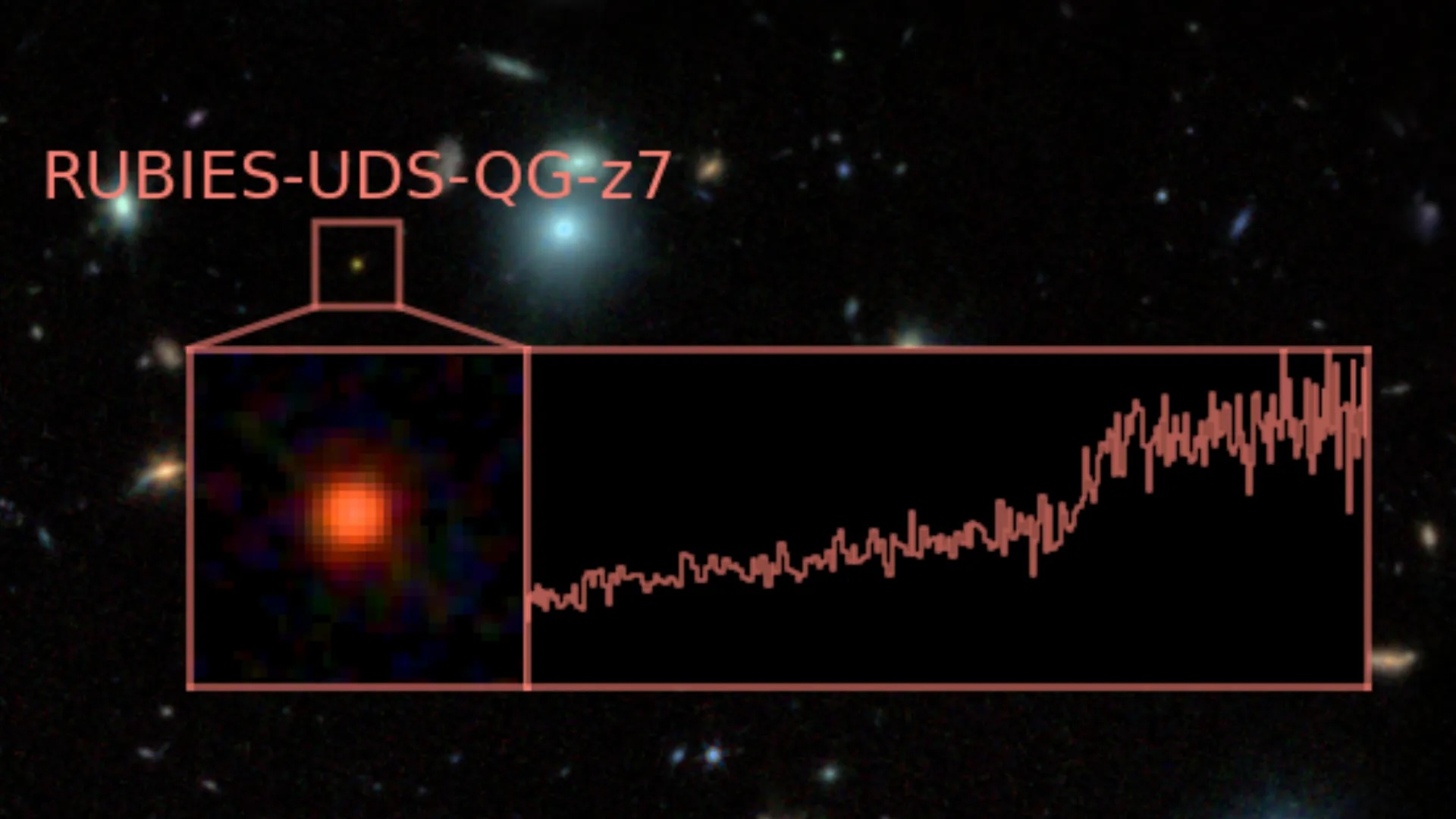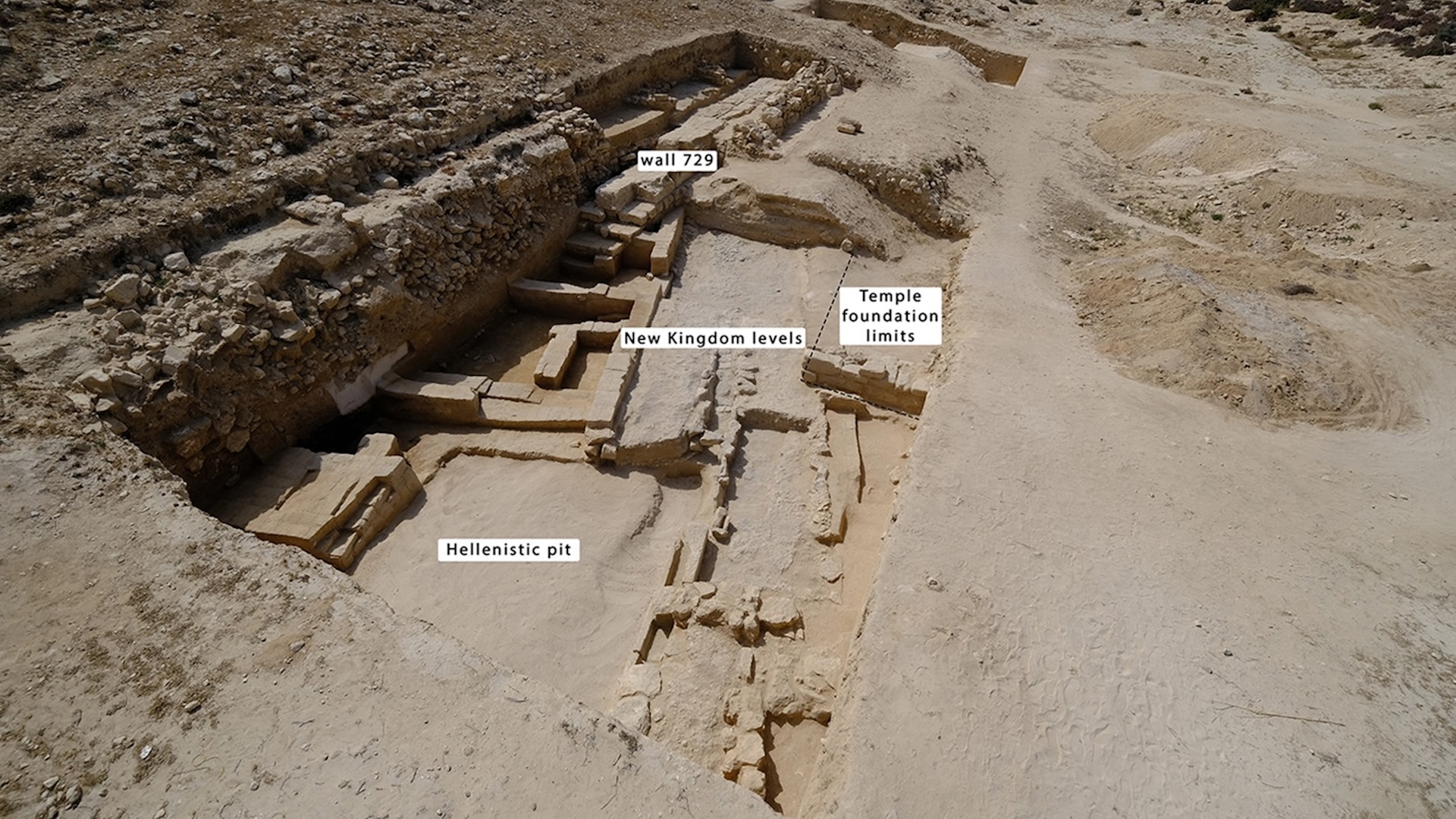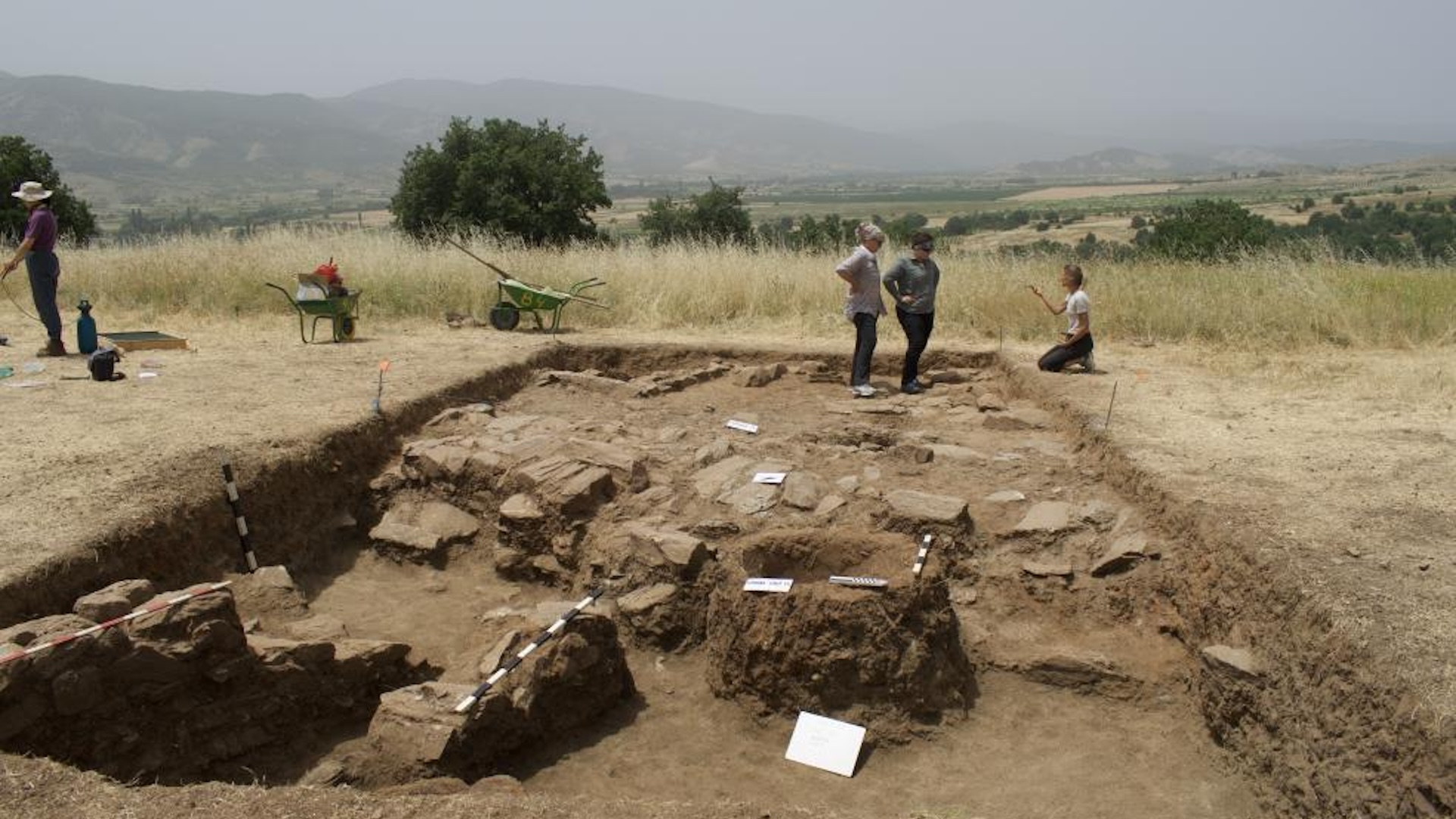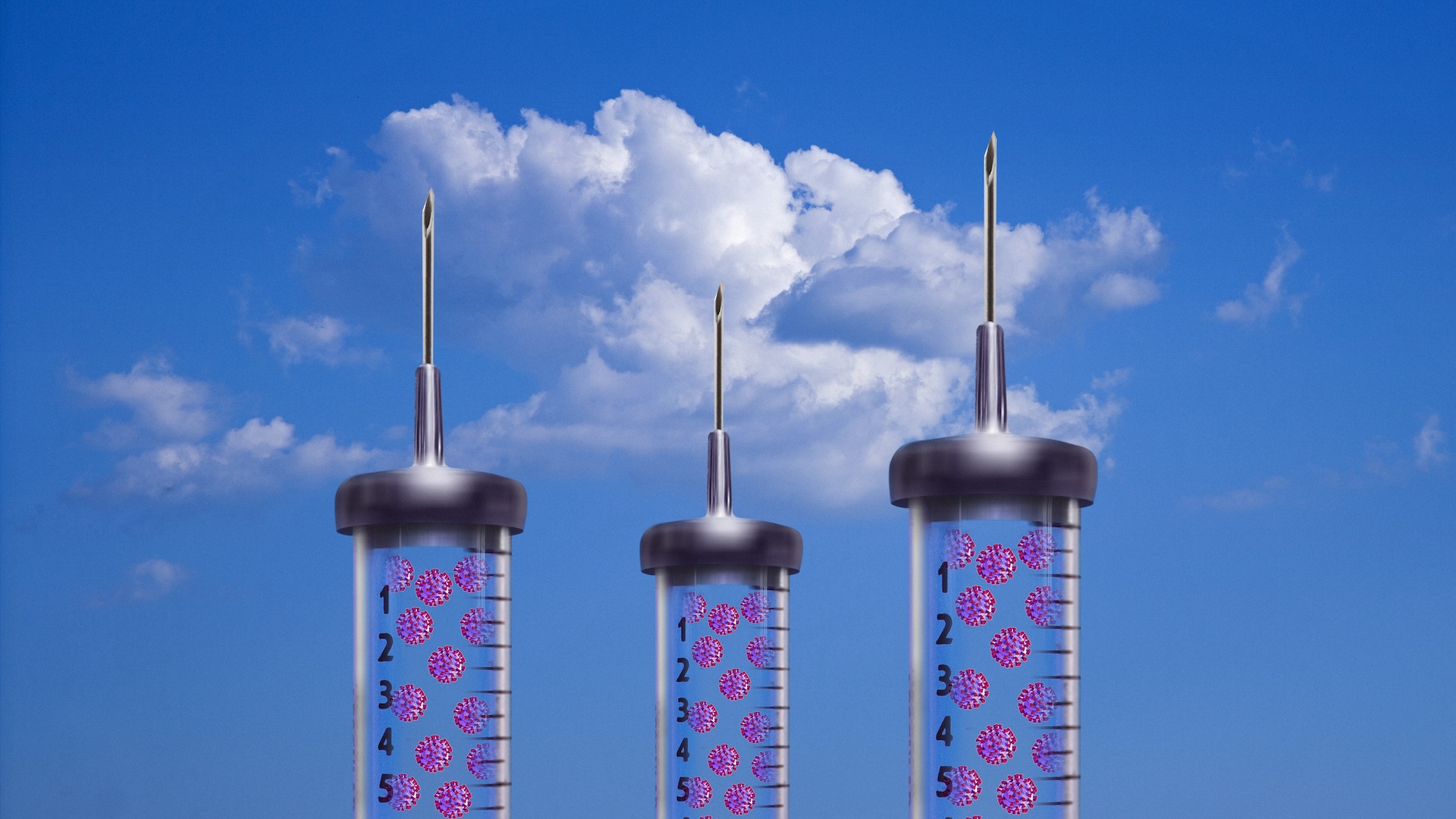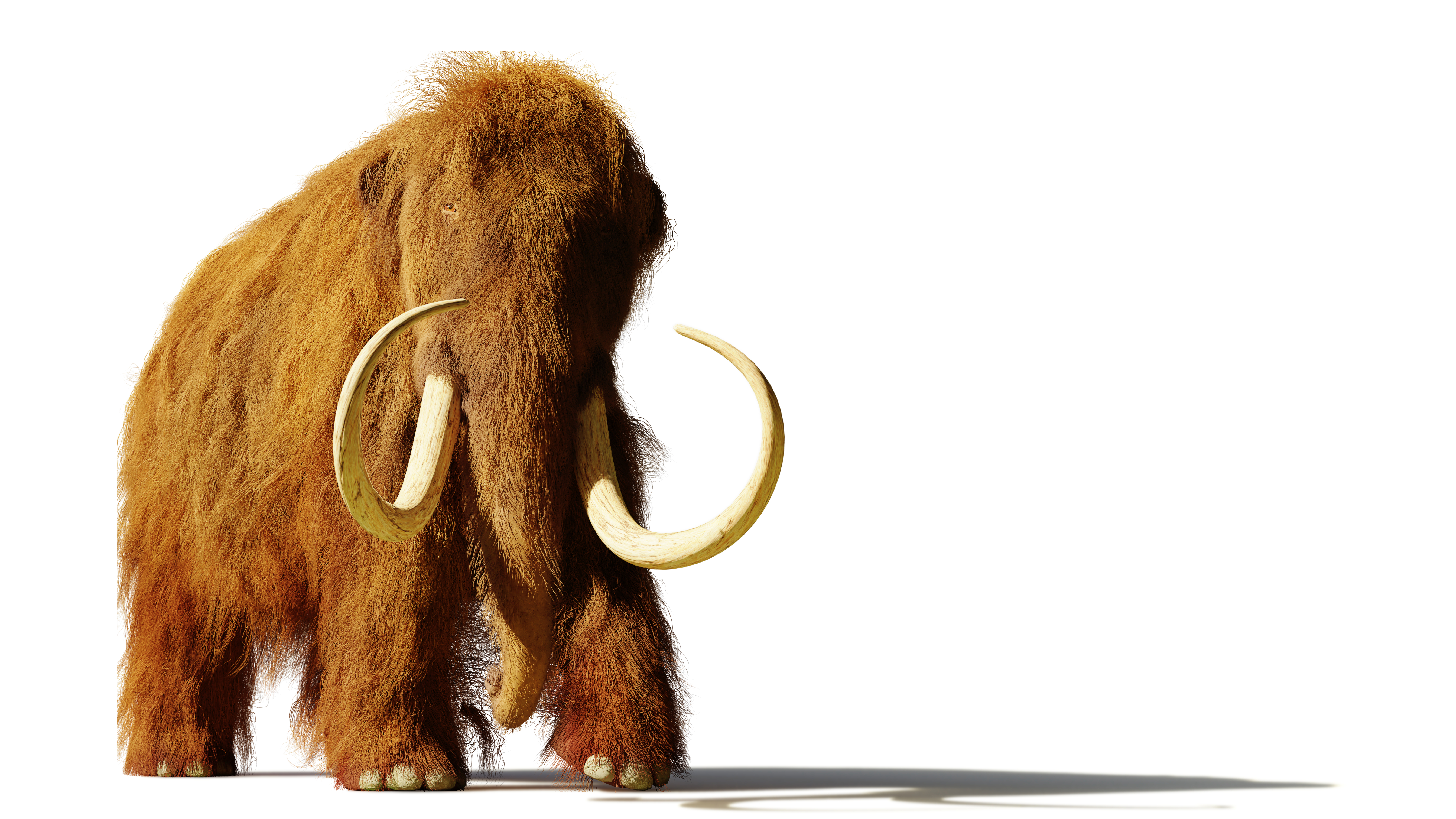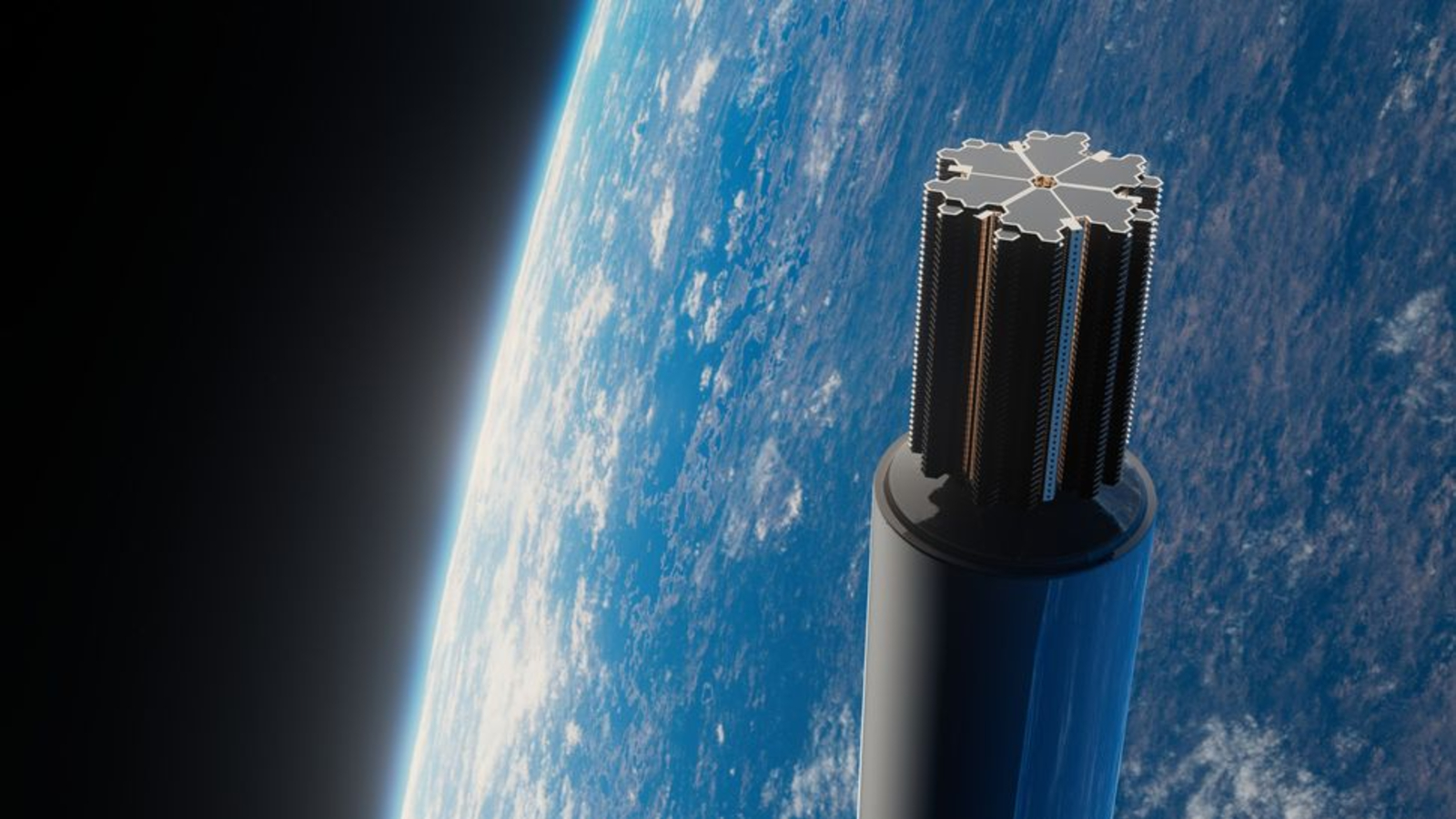'City-killer' asteroid that might hit moon has 'unexpected' shape, astronomers say
The once-dubbed "city-killer" asteroid 2024 YR4 has surprised scientists with its 'unusual' shape as it rapidly rotates through space on a trajectory that could see it hit the moon.
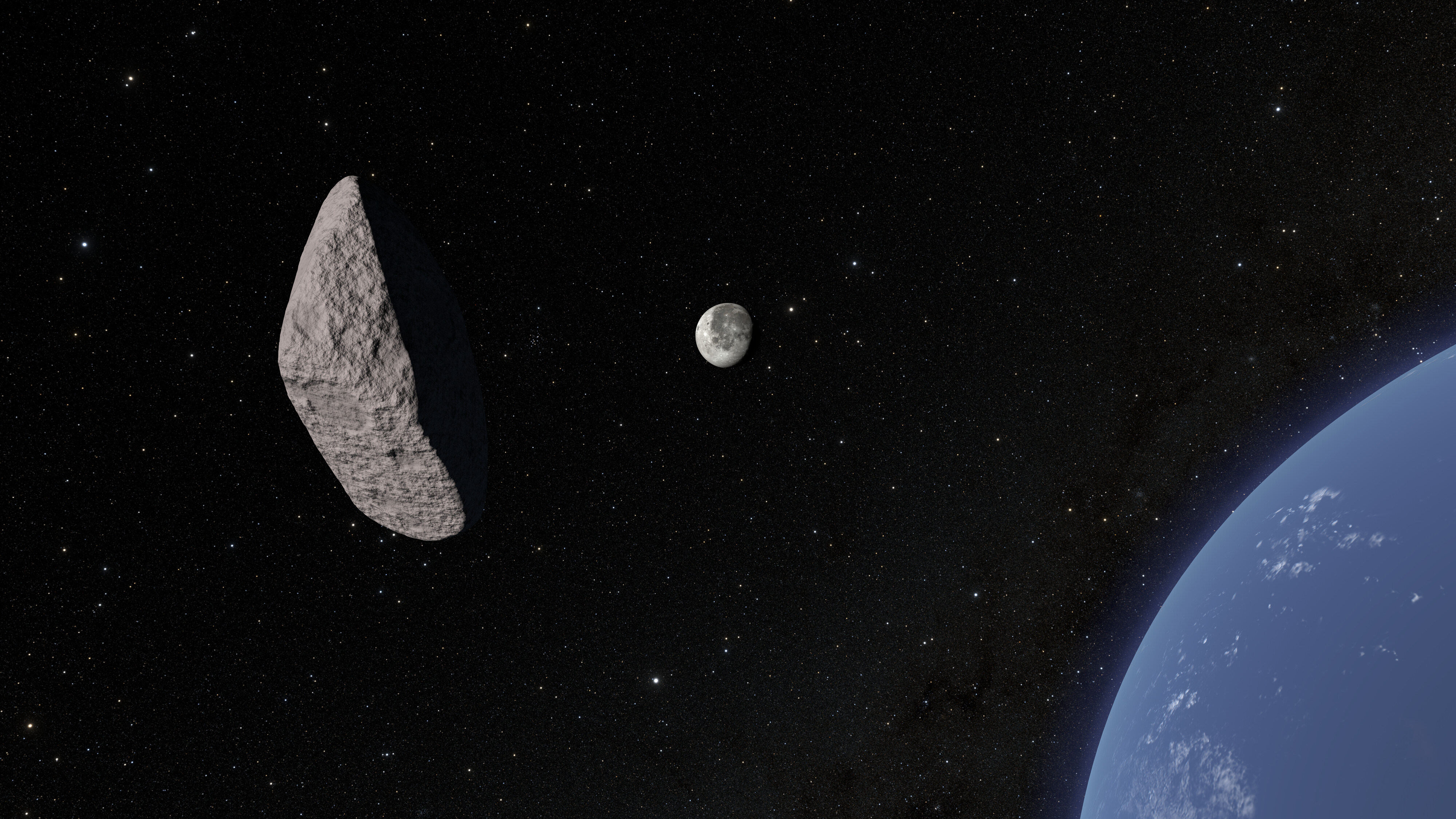
Scientists have revealed the unusual shape of a large asteroid with the potential to smack into the moon in the year 2032, according to new research.
Asteroid 2024 YR4 sparked a flurry of interest earlier this year after NASA determined there was a chance it could hit Earth. The risk of an Earth impact has since dropped to zero, but there's still a slim chance 2024 YR4 could hit the moon in 2032 — 3.8% likelihood as of early April.
A team of astronomers recently studied the asteroid in more detail using the Gemini South telescope in Chile. The researchers found that 2024 YR4 likely came from the asteroid belt between Mars and Jupiter and has an unusually flat, disk-like shape, similar to a hockey puck, according to a statement released by the National Science Foundation's National Optical-Infrared Astronomy Research Laboratory (NOIRLab).
"This find was rather unexpected since most asteroids are thought to be shaped like potatoes or toy tops rather than flat disks," study lead author Bryce Bolin, a research Scientist at Eureka Scientific, a California-based astrophysics and astronomy research corporation, said in the statement.
The researchers posted their findings to the preprint database arXiv, and will soon publish them in The Astrophysical Journal Letters.
Astronomers discovered the asteroid 2024 YR4 in December 2024, hence the "2024" in its name. In February, the likelihood of 2024 YRY hitting Earth in 2032 rose to 1 in 32, or 3.1%, which was the highest impact probability NASA had ever recorded for a space object of 2024 YR4's size or larger.
Sign up for the Live Science daily newsletter now
Get the world’s most fascinating discoveries delivered straight to your inbox.
However, astronomers always expected the threat level to drop once they learned more about 2024 YRY's trajectory. Within days, the likelihood plummeted to effectively zero, and has a 0.00078% chance of hitting Earth in 2032 at the time of writing. However, there remains a risk for the moon — not that the asteroid would significantly damage the moon even if it does hit.
For the new study, researchers captured images of the space rock at different wavelengths of light. The team used 2024 YRY's pattern of light output over time, or lightcurve, to study the asteroid's shape, composition and orbital characteristics, according to the statement.
From the rock's reflective pattern, the researchers concluded that 2024 YR4 is likely an S-type asteroid, which means it is rich in silicates — a class of minerals that includes quartz. The team also determined that the asteroid is rotating very fast, about once every 20 minutes, and estimated its size to be 98 to 213 feet (30 to 65 meters) wide, according to the study.
Researchers have been trying to accurately calculate the size of 2024 YR4 since its discovery, and this latest approximation is similar to previous estimates. Recent data from the James Webb Space Telescope suggested it could be slightly larger, 174 to 220 feet (53 to 67 meters), Live Science previously reported.
2024 YR4 is one of the largest objects in recent history with the potential to strike the moon, according to the statement. Back when there was a rising likelihood of 2024 YR4 hitting Earth, it was dubbed a potential "city killer" because it was large enough to wipe out a major city.
While unlikely, a lunar impact would provide researchers with an unprecedented opportunity to study how the size of an asteroid relates to the size of the crater it creates, according to the statement.

Patrick Pester is the trending news writer at Live Science. His work has appeared on other science websites, such as BBC Science Focus and Scientific American. Patrick retrained as a journalist after spending his early career working in zoos and wildlife conservation. He was awarded the Master's Excellence Scholarship to study at Cardiff University where he completed a master's degree in international journalism. He also has a second master's degree in biodiversity, evolution and conservation in action from Middlesex University London. When he isn't writing news, Patrick investigates the sale of human remains.
You must confirm your public display name before commenting
Please logout and then login again, you will then be prompted to enter your display name.

